
Over the past several weeks, I’ve been working on an English translation of Halbwachs’s La topographie légendaire des Évangiles en Terre Sainte (The Legendary Topography of the Gospels in the Holy Land). A paperback version with its vivid red cover, sitting at the foot of my bed, has been catching my eye for many months. Recently, I finally picked it up and started reading it again, happy to find that he wrote in not some impenetrable scholastic French, but in a rather conversational (yet still quite proper) register.
I had three years of French in an American high school, so my competence is suspect. However, starting several years ago I’ve been working at getting better with the help of Duolingo and Pimsleur. That said, I often find myself entering sentences into various online services to compare my translations to theirs.
The Original Source
One of the sentences that popped out at me was this one from the last paragraph of the introduction:
Si, comme nous le croyons, la mémoire collective est essentiellement une reconstruction du passé, si elle adapte l’image des faits anciens aux croyances et aux besoins spirituels du présent, la connaissance de ce qui était à l’origine est secondaire, sinon tout à fait inutile, puisque la réalité du passé n’est plus là, comme un modèle immuable auquel il faudrait se conformer.
(Halbwachs 1941, p. 9)
I have translated this passage as:
If, as we believe, collective memory is essentially a reconstruction of the past, if it adapts the image of ancient events to the beliefs and spiritual needs of the present, knowledge of what was originally there is secondary, if not outright useless, since the reality of the past is no longer there as an immutable model to which one has to conform.
(Halbwachs/Widowfield 2023, bold emphasis mine)
It sounded awfully familiar. And then I remembered a Halbwachs quotation in Memory and Identity in Ancient Judaism and Early Christianity that I hadn’t been able to find in the original text. Schwartz wrote:
In The Legendary Topography of the Gospels, he declares, “If, as we believe, social memory is essentially a reconstruction of the past, if it adapts the image of ancient facts to the beliefs and spiritual needs of the present, then a knowledge of the origin of these facts must be secondary, if not altogether useless, for the reality of the past is no longer in the past.” (Halbwachs 1992b, 7).
(Schwartz 2014, p. 19, bold emphasis mine)
Back in the day, I had been confused, because Schwartz’s bibliographical citation for “Halbwachs 1992b” contained this note:
Translated into English as pages 193–235 in On Collective Memory. Edited and translated by Lewis A. Coser. Chicago: University of Chicago Press. [orig. 1941]
The unsuspecting reader (in this case, me) might think La Topographie had been translated in its entirety and placed at the end of the English translation of On Collective Memory. However, if you’ve read my series on the Memory Mavens, you will recall that it was only the final chapter — the conclusion — that Coser translated.
In his introduction, Coser condensed Halbwachs’s perspective: Continue reading “The Memory Mavens, Part 12: The Collective Memory of a Halbwachs Quotation”

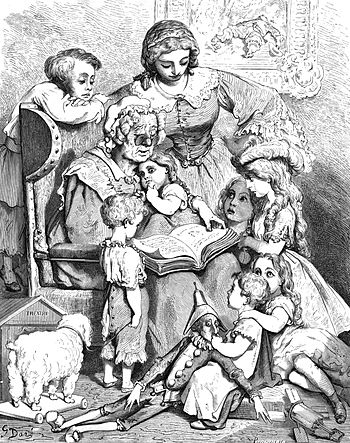
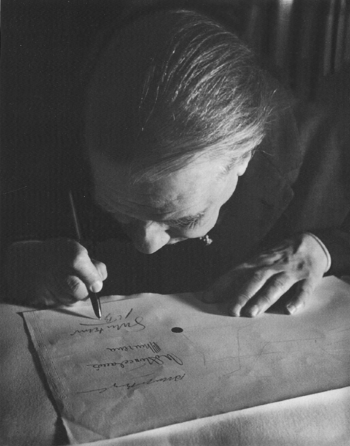
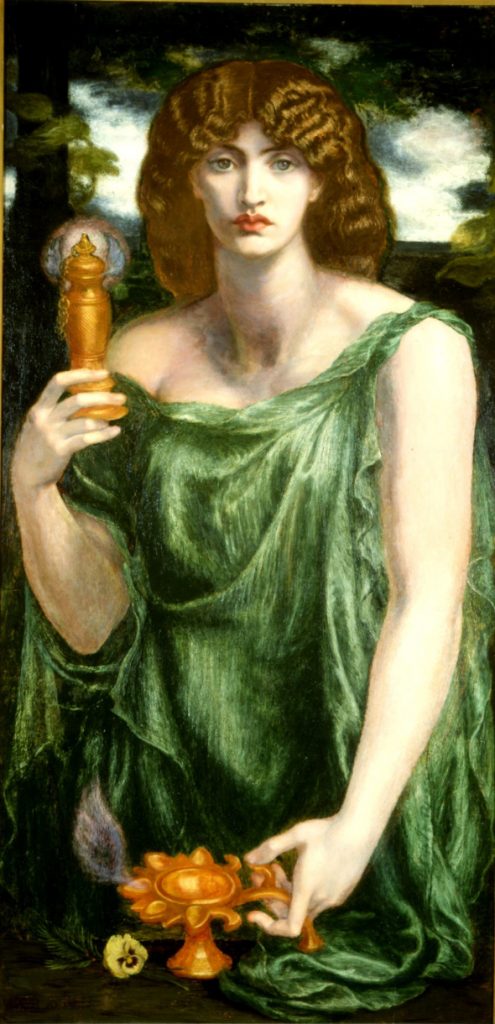
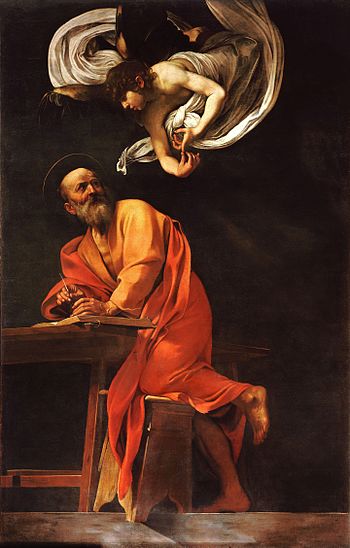
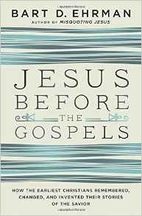 Nearly a year ago, while reading Bart Ehrman’s blog,
Nearly a year ago, while reading Bart Ehrman’s blog, 
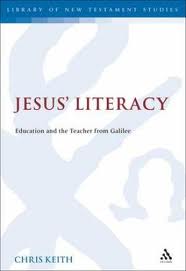
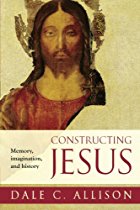 Having just read the first chapter of
Having just read the first chapter of